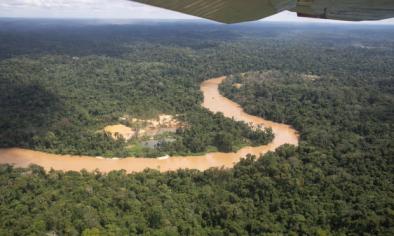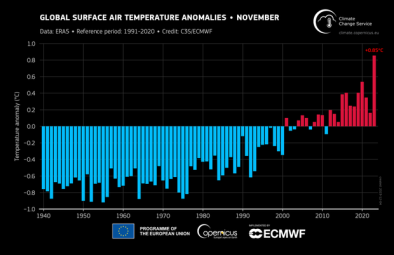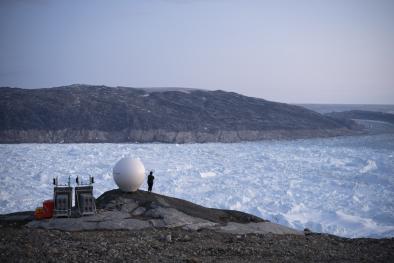Science Source
Detection and attribution of temperature changes in the mountainous western United States
- States that large changes in the hydrology of the western United States have been observed since the mid-twentieth century, including: a reduction in the amount of precipitation arriving as snow, a decline in snowpack at low and mid elevations, and a shift toward earlier arrival of both snowmelt and the centroid (center of mass) of streamflows
- Performs a rigorous detection and attribution analysis to determine the causes of the late winter/early spring changes in hydrologically relevant temperature variables over mountain ranges of the western United States
- Finds that natural internal climate variability, as estimated from two long control climate model simulations, is insufficient to explain the rapid increase in daily minimum and maximum temperatures, the sharp decline in frost days, and the rise in degree-days above 0°C (a simple proxy for temperature-driven snowmelt)
- Finds that the observations are consistent with climate simulations that include the combined effects of anthropogenic greenhouse gases and aerosols
- Finds that, for each temperature variable considered, an anthropogenic signal is identifiable in observational fields
- Concludes that the results are robust to uncertainties in model-estimated fingerprints and natural variability noise, to the choice of statistical downscaling method, and to various processing options in the detection and attribution method
Related Content
Headline

Feb 15, 2024 | Climate Nexus Hot News
Amazon Could Reach Tipping Point By Midcentury
Headline

Jan 16, 2024 | Climate Nexus Hot News
2023 Smashes Hottest Year Record
Headline

Dec 7, 2023 | Climate Nexus Hot News
It’s Official - 2023 Is World's The Hottest Year On Record
Headline

Dec 7, 2023 | Climate Nexus Hot News
Earth Veering Closer To Dangerous Tipping Points


